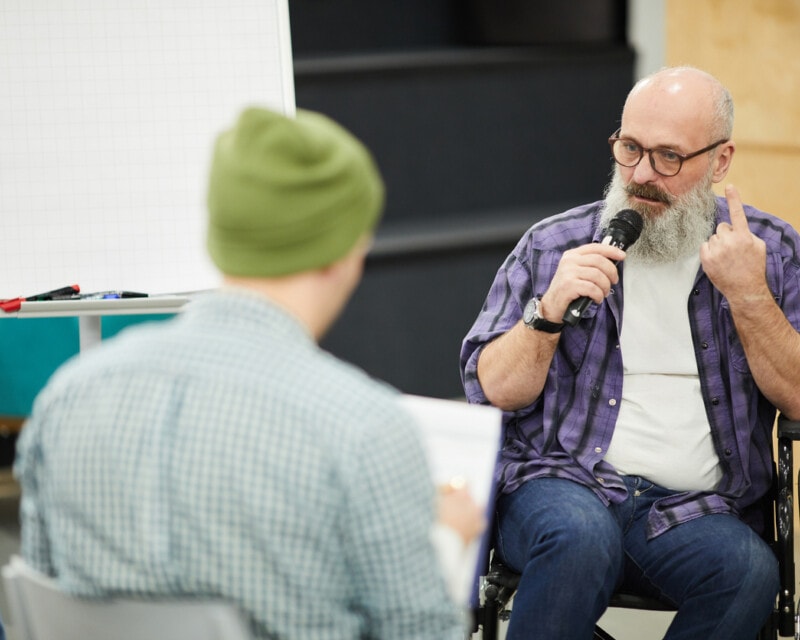Resistance and backlash in primary prevention of violence against women


Resistance and backlash are expected parts of any change process. Knowing how to minimise and respond to resistance and backlash can set your prevention initiative up for success.
The underlying, gendered drivers of violence against women are challenging for many people to understand or accept. As a result, there can be negative responses, including resistance and backlash, often from men, but also from women.
Resistance and backlash to the primary prevention of violence against women takes many different forms. It can be difficult to see in some cases, and obvious in others.
Resistance could be:
people denying that gender inequality is a problem
people disputing that they have a role to play in addressing it
The most hostile forms of backlash can include threats of violence or actual violence against people who are trying to undertake prevention work.
You can minimise the resistance and backlash you face, especially in your business or workplace, by:
getting leaders on board – leaders have a significant role to play in creating an enabling environment for prevention initiatives
gathering information – gather data about dominant attitudes towards violence against women and gender inequality to assist in determining the ‘readiness’ of your business or organisation to implement change
developing a communications strategy – communications that are transparent, raise awareness and strengthen commitment to addressing gender inequality within a workplace is important in minimising resistance.
Working with people who are resistant to primary prevention of violence against women and gender equality is sometimes necessary. Finding the right ways to overcome resistance can be challenging – and what works in one context may not be successful in another.
When engaging with resistant individuals, consider these tips:
understand that resistance and backlash is an inevitable part of a change process
be present in the conversation by acknowledging the other person’s question or concern
be open, looking for common ground and values that you both agree on
be prepared, including planning for the types of questions you might receive, having the right information and evidence about gender equality and violence against women
practice talking about the gendered drivers of violence against women, formulating responses that are short, clear statements supported by evidence and examples
make time for self-reflection on the discussions and assumptions and values you bring to the work
respect the people you are engaging, starting with acknowledging that many of the issues may challenge people’s identity, beliefs, behaviour, life choices and privilege.
Some people may never accept responsibility for their part in the change process. The goal is bringing businesses and organisations, and as many individuals as possible, along the journey to achieve a society free from violence.

3 minute read
Find out more about how to work effectively with men to prevent violence against women.

3 minute read
Find out about a ‘primary prevention’ approach that addresses the drivers of violence against women.